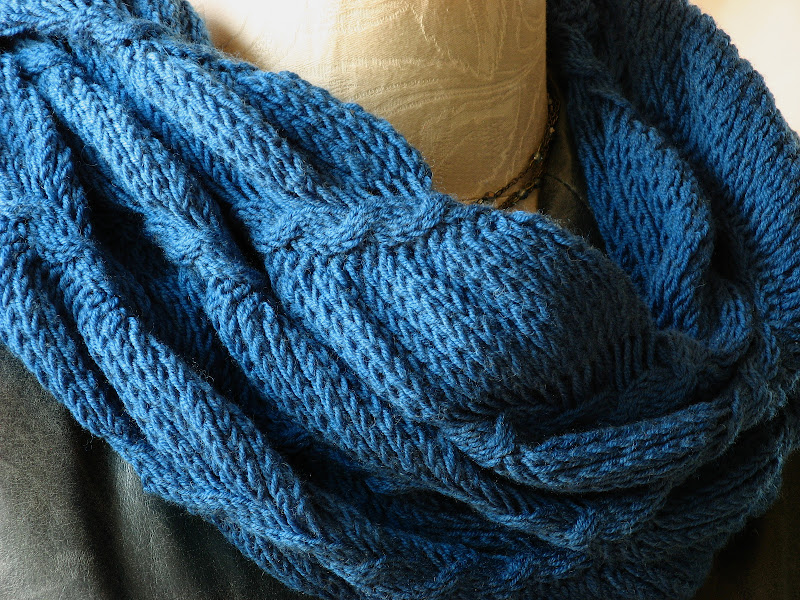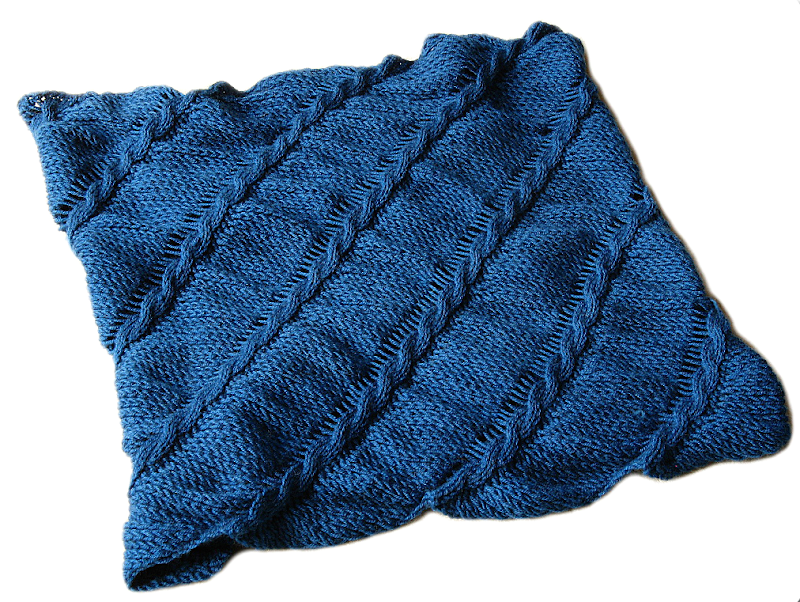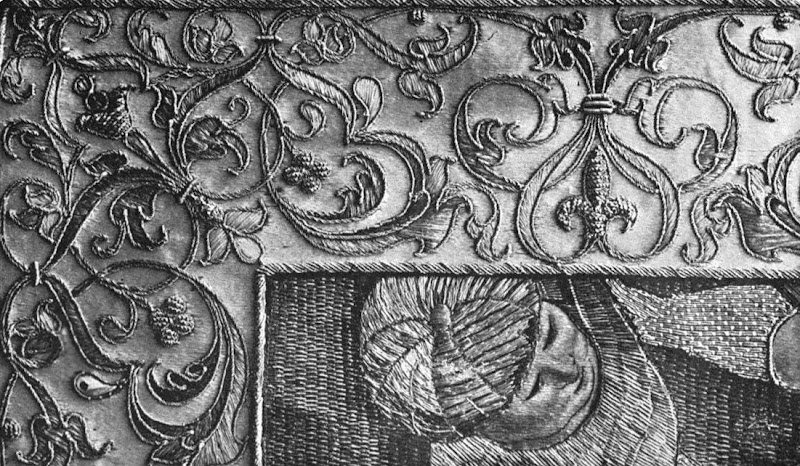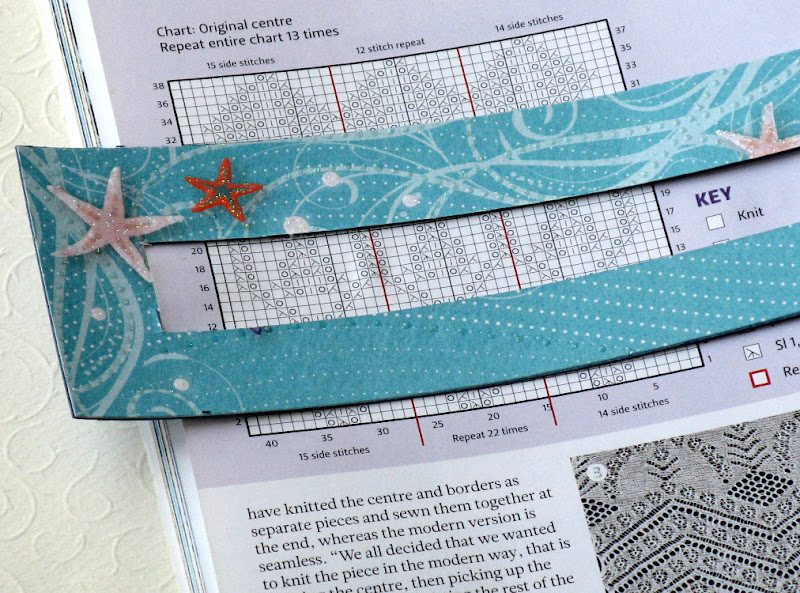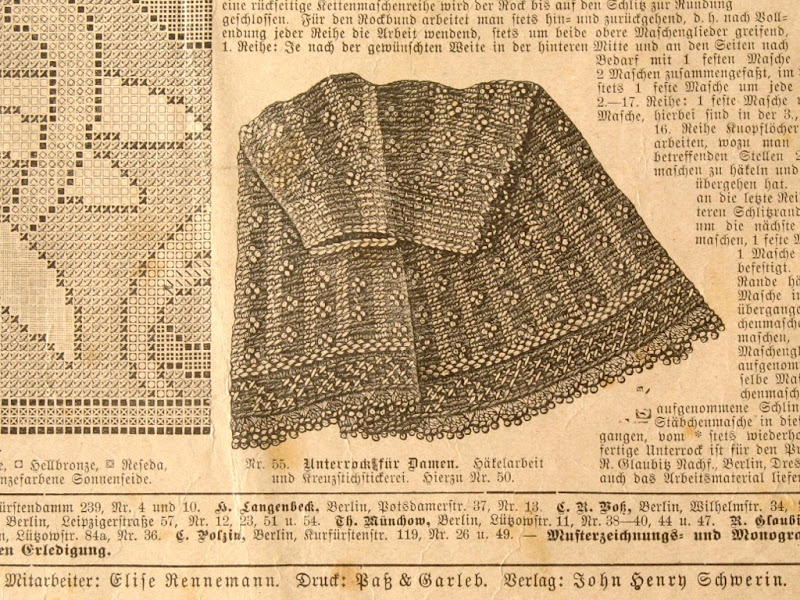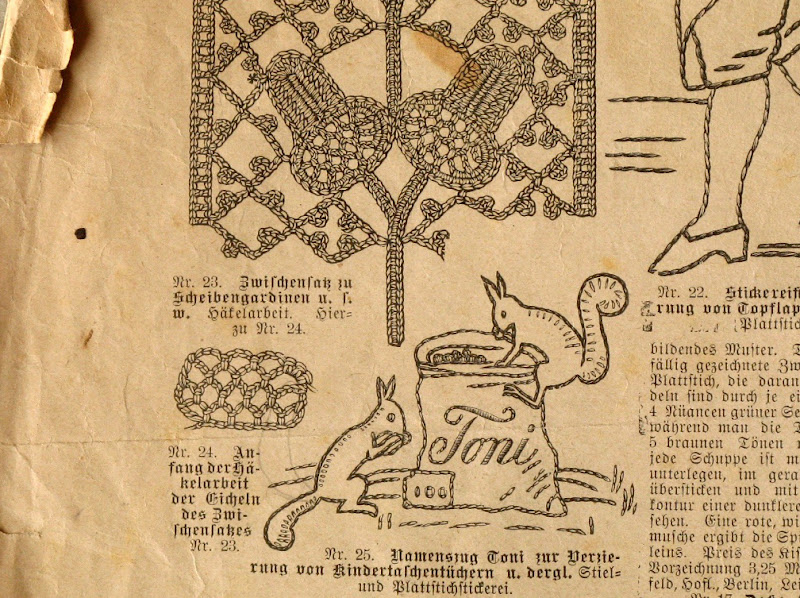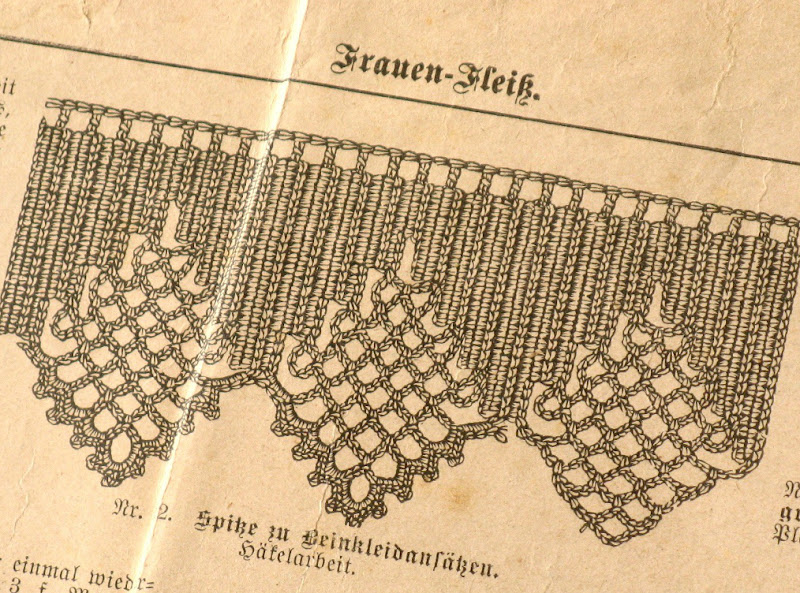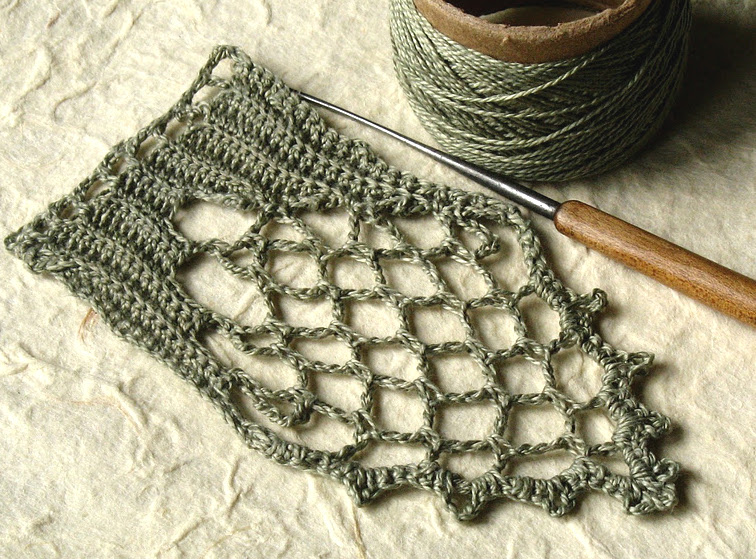The picturesque town of Haapsalu celebrated the annual lace knitting day yesterday: woolwhite lacework was to be spotted everywhere, both in finished and work-in-progress status. The seaside resort atmosphere was something well worth envying as always.
The lace knitting contest was not too crowded with its fourteen participants:

Some people just knitted on the street without competing:

Shawl dance presented by a classy local dance group:

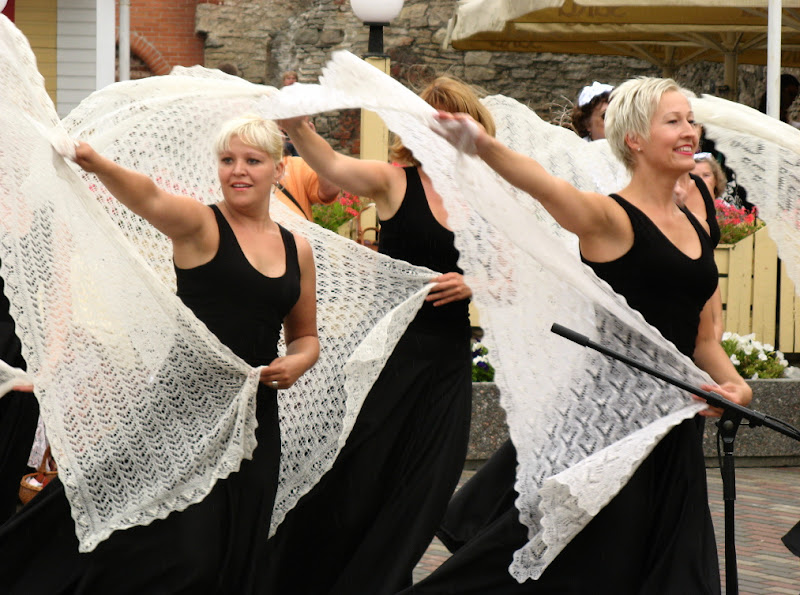

And some other highlights of the program:


Shawls and other lacy items made by the local master knitters were also sold at the craft fair. And for a shocking price of 50 Euros - unfortunately, this is what people who value handmade can afford here. (The price for being an economically well-behaving country.) Well, start planning your lace shopping trip for next August!


This is the window of the Dome Church chapel, where
the White Lady appears on full moon August nights (she must be hiding in there by day as well):

By the end of the day, all this motivation overdose resulted in a midnight swatch with
Karukellakiri pattern. This project cannot be postponed any longer and as soon as I'm done with the hardest part - choosing a stitch pattern - my first Haapalu shawl will be cast on.

There is also a sweet short film about knitting in Haapsalu in 1937 available in the
Estonian Film Archives:

